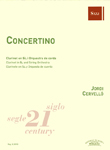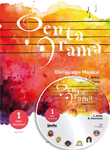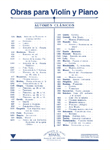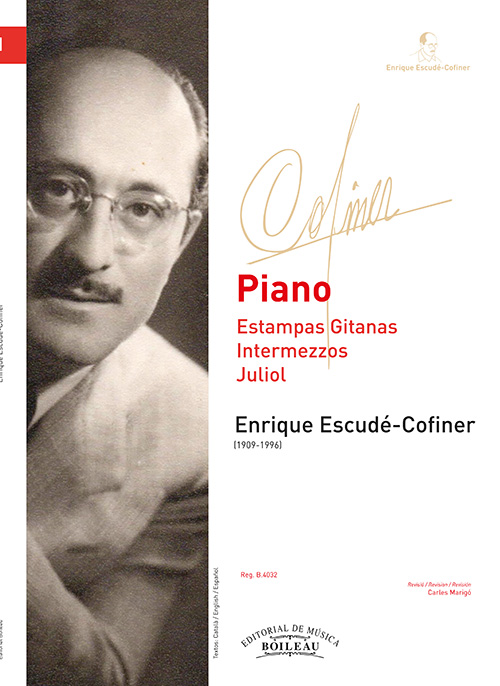Estampas gitanas / Intermezzos / Juliol
Piano
ESCUDÉ-COFINER, EnriqueReg.: B.4032
25,00 €
P.V.P. (VAT included 4%)
Add to cart
- Review: MARIGÓ, Carles
- Ensemble: Solo.
- Genres: Classical / contemporary: Solos.
- Language of the comment: Castellano/English/Català
- Product format: Partitura
- Difficulty level: Intermediate-advanced
- Period: 1st half S. XX
- Publishing house: Editorial Boileau
- No. of pages: 92
- Measure: 31,00 x 23,00 cm
- ISBN: 978-84-17199-64-7
- ISMN: 979-0-3503-4147-2
- Available in digital: No
- Available for rent: No
Interpreting a work by another composer implies falling in love with music that is not your own but in the end you make every one of the notes your own. This is the essence of the most interesting work of an interpreter: learning to see through other eyes. At times it is complex work. The interpreter and composer join together many parts of their personalities in order for the music to shine. Here are my personal observations about each piece in this album.
The great work Estampas Gitanas begins with «Rondó Gitano» [Gypsy Rondo] in which classical music and flamenco merge. In this case, Cofiner always returns to the typical Flamenco rhythm of 12 beats, combining this opening rhythmic music with other sections, which are all different from each other, and in which very original melodies appear as the work develops. In the second movement, «Embrujo» the first section is introduced by three dry chords which capture our attention and lead to the second section, a cantabile melody, seemingly endless and very beautiful, which enchants us. The third movement, «Sierra Morena», is characterized by its rhythms, harmonies and colors all greatly influenced by the sound of the Spanish guitar. The final piece is «Nocturno», a beautiful song. Throughout the piece the opening rhythmic chords return, typical rasgueado of guitar strumming. In this way Cofiner introduces long and inspired melodies that are notable for their suggestive harmonizations. Little by little these melodies are transformed in the long final section which is full of contrasts and melodic references to the previous movements of the collection.
Intermezzos are pieces composed to be performed between two longer works. Intermezzo, No.1 is based on a melody which not being simple is no longer beautiful. On the other hand, Intermezzo No.2 has a distinctive style in between two different worlds: a contrast between the sonority of the Romantic piano music of the 19th Century and, on the other hand, inspiration by the popular melodies of the copla. Cofiner dedicated this work to Federico Mompou.
Juliol [July] is a very well-constructed sardana. Its sonority recalls the sardanas composed by Garreta and Morera at the end of the 19th Century and the beginning of the 20th Century. Thus, the two sections (corresponding to the short and long dance steps) begin with the same melodic material but one time in the Major mode and the other in Minor. The work concludes with a codetta (short coda) which recalls the opening of the work.
Carles Marigó
Other versions available:
Estampas Gitanas / Intermezzos (B.4124) for 2 guitars.
1. Enrique Escudé-Cofiner, biographical notes
2. Introduction to the work
3. Commentaries by the editor
4. Works:
- Estampas Gitanas (I. Rondó Gitano / II. Embrujo / III. Sierra Morena / IV. Nocturno)
- Intermezzo I (Vers. «A» / Vers. «B»)
- Intermezzo II (Vers. «A» / Vers. «B»)
- Juliol
5. Biography of the editor









